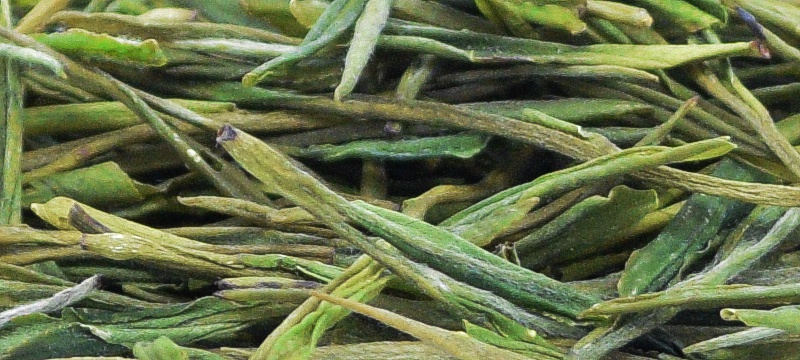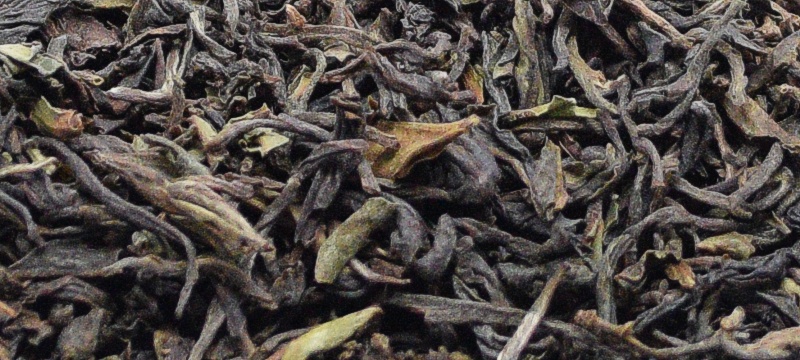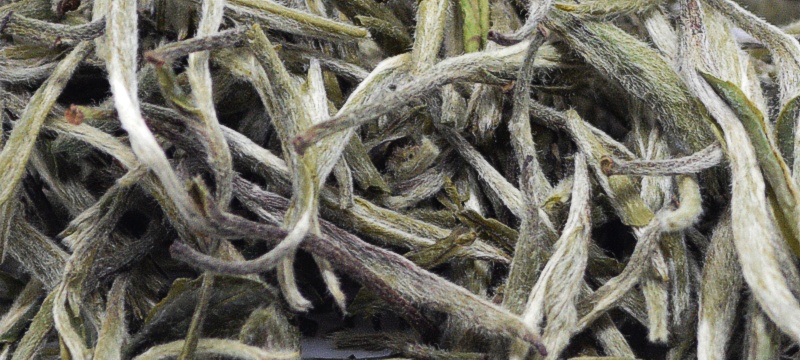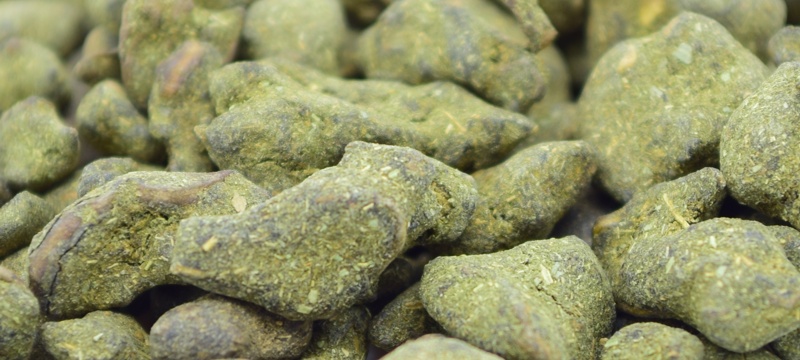How Tea is Made
From the earth to your cup ...
To ensure the highest quality teas, the newest tips of “two leaves and a bud” of are plucked by hand. This practice of fine plucking produces the best tasting tea but low yields – around two to three thousand leaves only translates into a pound of finished product.
This frequent picking of the young leaves and buds promotes new growth throughout the year. Depending upon the origin, bushes are plucked anywhere from three to twelve times a year.
Plucking is often referred to as “flushes."
The major types of tea including white, green, oolong and black all originate from the Camellia Sinensis tea bush. The difference in them is brought about only from the way the plucked leaves are processed.
The process is fermentation, or oxidation, simply put is the longer this process is left to happen, the darker the tea becomes.

The above pictures show you the difference in colour of the tea liquor when fermantation is stopped at the various stages. producing, from left to right - Green Tea, White Tea, Yellow Tea, Blue Tea, Black Tea and Dark Tea.
Green Teas

The fresh leaves are immediately steamed or pan-fired to stop any oxidation occurring.
- Steaming or Pan-fired - In China, leaves are pan-fired in a wok or heated drum whereas, in Japan, green tea is steamed, both processes resulting in soft and pliable leaves. With the active enzymes locked inside, the leaf is ready for rolling.
- Rolling - Whether done by hand or with machines, rolling determines the unique size and shape of the green tea leaf we put into our cups. The region the tea is grown in will dictate the style of rolled tea.
They can be curled such as, Pi Lo Chun or twisted - called Mei or Eyebrow teas, such as Taishan Buddha’s Eyebrow or can be rolled into pellets - called Zhu or Pearl teas , such as Gunpowder. The leaves can also be pressed flat such as the famous Dragon Well or tied into shapes such as Flower on The Brocade.
The beauty of a tea and its taste is affected by the style and tradition of rolling. - Drying - Finally, a gentle heating or firing afterwards allow the leaves to dry, preserving their fresh green characteristics. At the end of the process, the leave’s moisture content should be about four percent.
Black Teas

Making black tea involves withering, rolling, oxidation and drying.
- Withering - Work starts early in the day and around mid-day leaves are brought to the processing factory. These freshly harvested leaves are spread out on racks and left for between 14 to 24 hours. During this withering process, the leaves become soft and pliable loosing much of their water weight due to evaporation.
- Rolling - Leaves are then fed into rolling machinery that break up their cellular structure and release the natural enzymes of the leaf. Large rollers exert just enough pressure to roll and twist the leaves without causing too much damage. The resulting product is a green, aromatic pile of twisted tea leaves.
- Oxidation - After the rolling, the leaves are transferred to a cool, humid location to begin the oxidation process. Over the next two to three hours, the leaves release their enzymes and oxidize upon exposure to air. A chemical reaction occurs whereby the mixing of polyphenols and pectin with oxygen and enzymes cause the leaves to turn black and also give black tea its characteristic flavour. Determining how long to oxidize the leaves involve considerable expertise and different styles of black tea demand varying time for this stage of the process.
- Drying - Upon the reaching the optimal oxidation level, the leaves are fired or dried to stop the fermentation. In essence, the drying seals in that particular tea’s characteristic flavour. Placed on large trays or on a conveyor belt, the tea travels through an oven chamber that halts oxidation and reduces the leaves water content to an ideal 2%.
White Teas

Falling into the Green Tea classification, the least processed of all tea, the youngest new buds are freshly plucked, and then air or steamed dry.
Oolong Teas

As semi-fermented teas, oolongs can be thought as teas sitting halfway between black and green tea.
